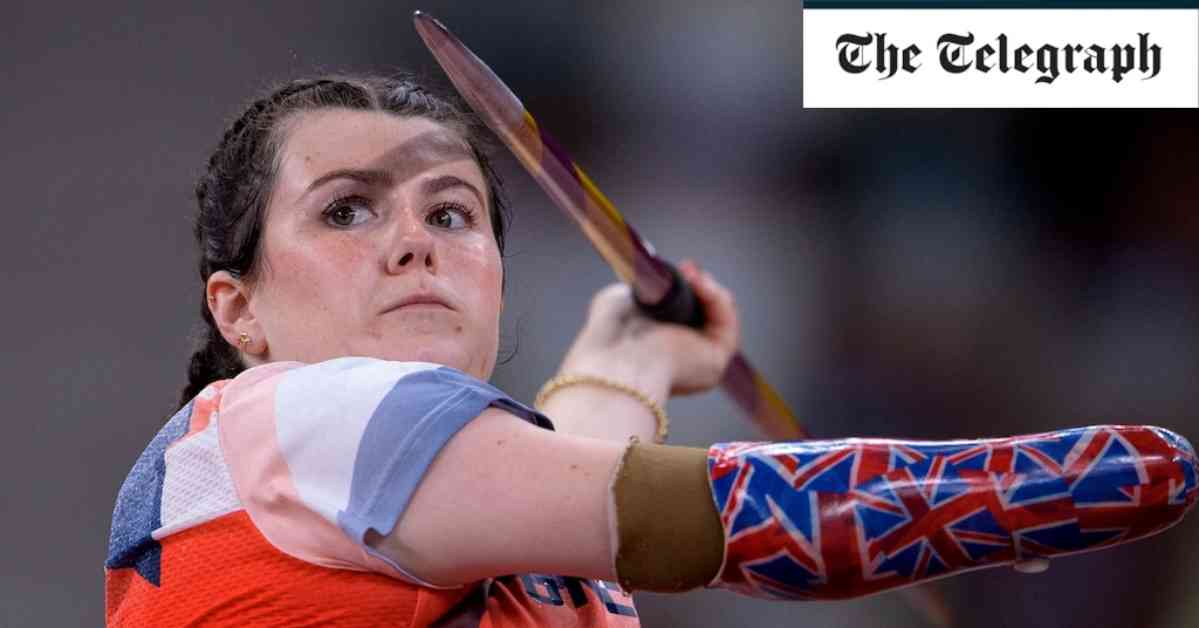Understanding the Paralympics Classification System: A Comprehensive Guide
As the Paris 2024 Paralympics continue to showcase the incredible talent and determination of para-athletes from around the world, it is essential to understand the intricate classification system that ensures fair competition and showcases the athletes’ skills, fitness, and abilities. The Paralympics classification system is a vital component of para-sport that categorizes athletes based on their impairments, creating a level playing field for all competitors.
Why are there different Paralympic classifications?
The primary goal of the Paralympic classification system is to ensure that athletes with similar impairments compete against each other, allowing for a fair and equitable competition. By grouping athletes into specific sport classes based on their impairments, the classification system aims to minimize the impact of impairments on sport performance and emphasize the importance of skill, fitness, power, endurance, tactical ability, and mental focus in determining success.
The International Paralympic Committee (IPC) emphasizes that the classification system is designed to ensure that the success of an athlete is determined by their abilities and not solely by their impairments. This approach not only promotes fairness and equality in para-sport but also highlights the incredible talent and determination of para-athletes who overcome various challenges to compete at the highest level.
How are athletes’ classifications defined?
The Paralympic classification system consists of 10 broad categories of impairment, with eight categories for physical impairments, one for visual impairment, and one for intellectual impairment. Within each category, there are several sub-categories that further define the level and nature of the impairment, ensuring that athletes are placed in appropriate sport classes based on their specific impairments.
For example, in athletics, athletes with cerebral palsy are classified into eight sub-categories based on the severity of their condition, ranging from the most severe to the least severe. This detailed classification system allows for a more precise categorization of athletes, ensuring that they compete against opponents with similar impairments and abilities.
It is important to note that classification systems vary by sport and are developed by the federations that govern each sport. Some Paralympic sports are designed exclusively for athletes with specific types of impairments, such as goalball, which is open only to athletes with vision impairments. This specialization ensures that each sport has its unique classification system tailored to the specific needs and abilities of the athletes.
How does the classification system work?
Before competing at the Paralympics, every athlete undergoes an official classification process conducted by technical officials known as “classifiers.” These classifiers are appointed by the international governing body of each sport and are responsible for assessing the athlete’s impairment and its impact on their ability to perform certain functions.
During the classification process, classifiers evaluate the athlete’s impairment and assign them to a specific sport class based on the degree and nature of their impairment. This classification is crucial in determining the athlete’s eligibility to compete in specific events and ensures that they are matched against opponents with similar impairments and abilities.
The classification of athletes is an ongoing process that takes place at all major events, both before and during competition. As athletes’ impairments may evolve over time, their classification may also change throughout their careers to reflect any changes in their level of impairment. This dynamic classification system ensures that athletes are consistently placed in the appropriate sport classes based on their current abilities and impairments.
Is there a medal for each classification?
In some cases, athletes from different classifications may compete for the same medal, as the sport’s governing body determines that their impairments place them at a similar level of ability. The IPC explains that since different sports require different abilities, each sport necessitates its classification system to ensure fair and competitive competition.
For example, an impairment of the arms may affect performance differently in running events in athletics compared to swimming. Therefore, athletes with varying impairments may compete in the same event if their impairments are deemed to have a similar impact on their performance in that particular sport.
It is essential to recognize that the Paralympic classification system is designed to promote fairness and equality in para-sport, allowing athletes with different impairments to compete on an equal footing. By categorizing athletes into specific sport classes based on their impairments, the classification system ensures that each athlete has the opportunity to excel and showcase their abilities on the world stage.
In conclusion, the Paralympic classification system plays a crucial role in ensuring fair and competitive competition for para-athletes. By categorizing athletes based on their impairments and abilities, the classification system creates a level playing field where athletes can showcase their skills, determination, and resilience. As para-sport continues to grow and evolve, the classification system remains an integral part of the Paralympic movement, highlighting the incredible talent and diversity of athletes who overcome various challenges to compete at the highest level.












